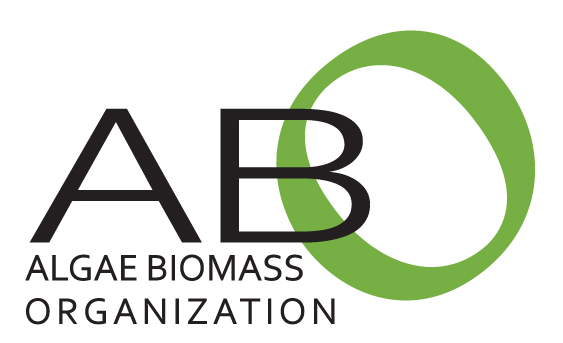Algae has the potential to make a large impact as an ingredient in animal feed, according to Xingen Lei, professor of molecular nutrition at Cornell University. Lei, who has been studying algae’s nutritional benefits for years, is now focused on the use of the defatted and dried form of microalgae: the product left over after the production of biofuels.
Algae’s nutritional composition is ideally suited for animal feed: it has a greater percentage of protein than corn or soybeans (traditional feed inputs) as well high concentrations of lipids and carbohydrates. With increased demand for feed (as a result of increased demand for food as the world’s population continues to grow) algae would be an ideal supplement. Lei also notes that microalgae is equally if not more digestible and yields the same body lean as with conventional diets.
Macroalgae, meanwhile, has polysaccharides and sulfates that have the ability to improve immunity and help animals metabolize fats. While not a replacement for antibiotics, such algae could contribute towards a reduced need for them.
These benefits echo those enumerated in a study that we reported on in March. That study, published in Carbon Balance and Management, found that algaculture combined with a modest amount of carbon capture and sequestration could even help bring atmospheric carbon concentrations down to preindustrial levels by the end of the century.
In Lei’s case, he is looking at reducing the carbon footprint through using algae as biofuels and the resultant dried algae as an input for feed. From our perspective, both plans to make the world a better place through the use of algae sound great.
For more on Lei’s work, visit WATTAgNet.
